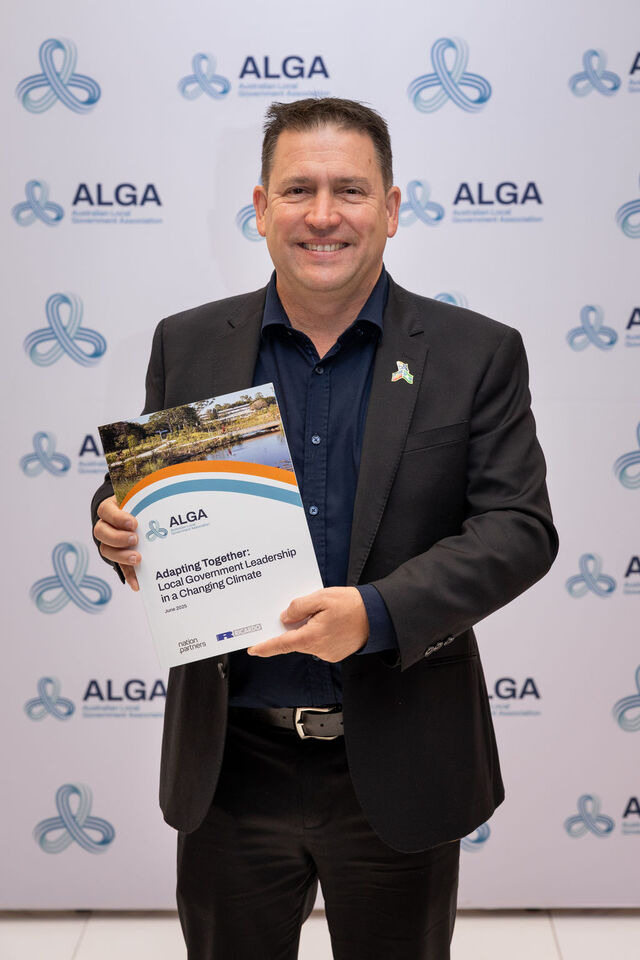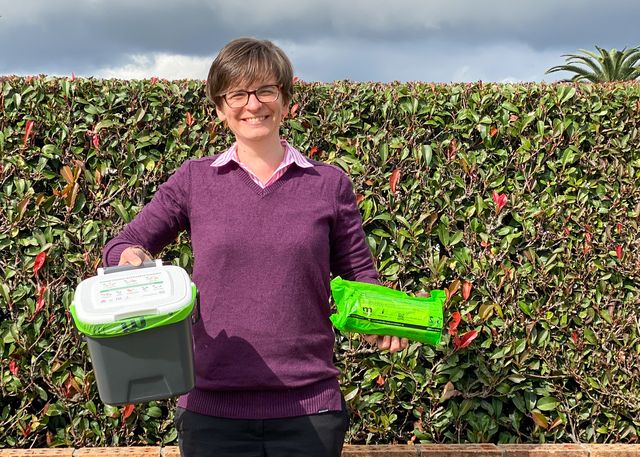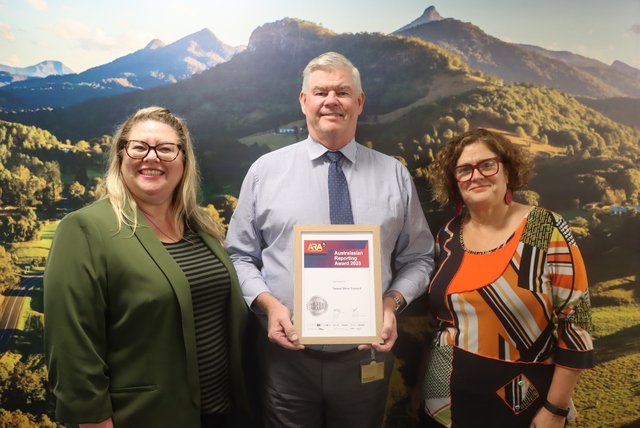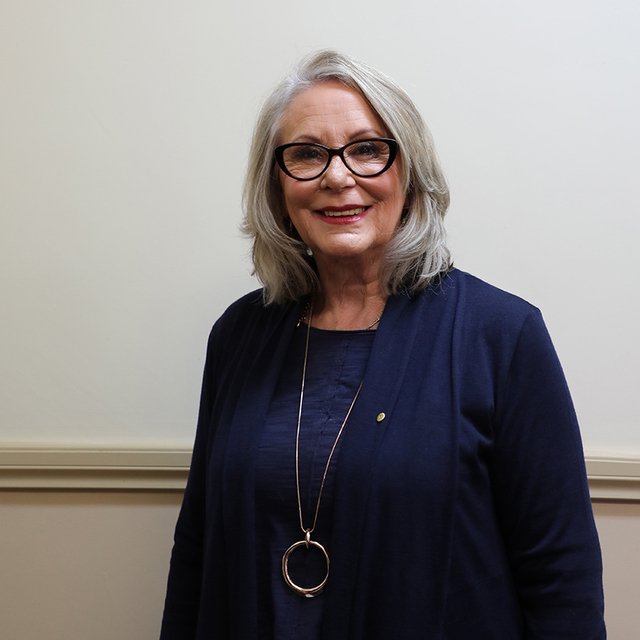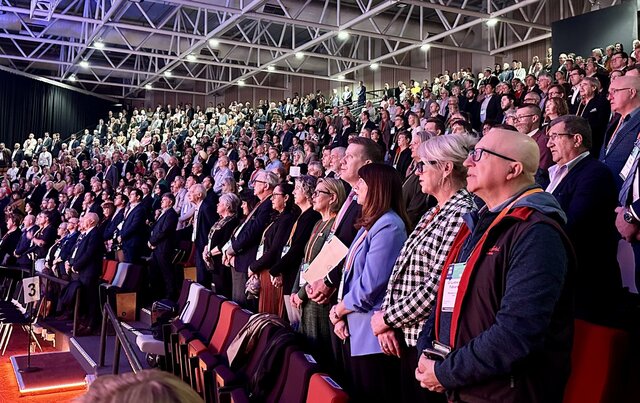This month we feature two councillors from Western Australia.
Mayor Logan Howlett, City of Cockburn, Western Australia
Q. How long have you been on Council?
Following an absence of ten years from Council I was popularly elected as Mayor in 2009 for a four year term.
Q. What attracted you to the role?
The opportunity to make a difference at the grass roots level of government through engagement with the community and being able to use the skill set, knowledge and networks I had gained through my 30 years in the public sector.
Q. Why did you become involved in Local Government?
As a volunteer in the community for over 30 years and following an initial stint as a councillor from 1990 to 1999, I decided as a self funded retiree that I had the time, commitment and passion to make a higher level contribution to our local community and indeed the region. Support from my wife Patricia and our family enabled us to realise a goal and complete a journey we invited the community to take with us in 2005 – to be elected as the Mayor of Cockburn, or as our grandchildren say; Poppy Mayor.
Q. Tell us about your Local Government area.
It is the home of the Noongar people, the traditional custodians of the land and accordingly it has a significant number of registered Aboriginal sites and a rich heritage. It is located on the coastline approximately 15 kilometres south of the Perth CBD and borders with Fremantle to the north.
It has a total land area of 170 square kilometres and a population of 91,000 that is forecast to increase to 130,000 by 2030. One of seven ‘growth’ councils in the west, our City has a rich and diverse cultural heritage. It is home to the Australian Marine Complex, an increasing number of marine support industries, numerous business parks and affords homeowners with a variety of lifestyles options; from coastal living through to rural lots and everywhere in between.
Q. What makes your Council area special or different?
The amazing opportunities for families to be able to choose a lifestyle that suits their personal needs, a growing small business sector and the emergence of education, training and jobs to support the development of the State’s north west through an expanding industry sector.
The celebration of over 27 years as a member of the South West Metropolitan Region partnership with our neighbouring Local Governments augurs well for the region’s future. The City’s strategic location to Fremantle, a planned outer harbour and inter modal facility will see thousands of jobs created over coming years including those at the Jandakot Airport Precinct.
Our coastline and the regional parks that dominate our natural landscape support a diverse range of flora and fauna while providing an abundance of recreational pursuits for people of all ages and abilities.
Q. What are they key challenges facing your Council?
Solid growth across all sectors is creating competing demands for affordable housing, aged care facilities, infrastructure – roads, bridges and public transport – and for community facilities such as sporting complexes, playgrounds, passive recreation areas and services for our youth and seniors.
Q. Council amalgamations have been in the news of late. How do you see them working?
Openness and transparency from the State Government is paramount if genuine reform is to be achieved. Informing and engaging elected members and their communities in a discussion about a sustainable future and developing sector wide benchmarks that inform debate and decision making are urgently needed.
Local Government is a State Government creation and outdated legislation has and continues to hamper the reform process. There has been an appalling lack of recognition of the contribution that elected members make to their communities and to the overall role of Local Government. This needs to be addressed as a priority. Fix what needs to be fixed and leave the rest!
Deputy President Colin Gardiner, Shire of Moora, Western Australia
Q. How long have you been on Council?
I have been a councillor for the Moora Shire since July 2004.
Q. Why did you become involved in
Local Government?
Having all my life been involved in community organisations, both recreational and cultural, a step into the responsibilities and vision of Local Government was a natural progression. A key factor in my eventual nomination was the tragic loss of our Shire President Mick Bates, who was a close friend and had consistently encouraged me to nominate. Mick was passionate about his community and region and I felt a friendly responsibility to try and further his aspirations.
Q. Tell us about the Shire
The Moora Shire and region is a stable, reliable and prosperous agricultural region, beautifully situated distance wise from Perth and the west coast. The Moora town is located two hours drive from the city which creates the need for it to have a full range of infrastructure and services to support the region. By having educational services from kindegarten to TAFE, and health services with a hospital, aged care, dentist and other allied services, the town creates great employment and career opportunities, which underpins its population size and hence the retail businesses that make a rounded town.
The agricultural and developing horticultural industries provide varied employment opportunities, with some of the service retailers being businesses of more than 40 years. The area has sufficient growth to enable a full spectrum of trades people and with competition from within.
Q. What key challenges are currently facing your Council?
Our council area is special because of its potential to grow. To have growth in the climate of today a town must have water. Moora is privileged to have a huge aquifer to its west, consequently population and industrial growth can be serviced. We also have a deep sewerage system which allows high density developments, and power to the region is very reliable. These utilities underpin the fact that Moora is strategically situated between Perth and Geraldton and the coast and consequently a regional centre still very much with a country flavour.
Our key challenges are to provide infrastructure and services that are affordable and sustainable. Community expectations are always high – based on what city people have – but our revenue base is limited. Our challenge is to lobby the other tiers of government for more funds for roads, health and education. Local Government needs to focus on affordability but at the same time have some entrepreneurial flare for sustainable growth. The cost and size of employment due to bureaucratic red tape and accountability currently limits Local Government on the percentage of monies that hit the ground. This is an issue recognised by State Government but not acted upon.
Q. Council amalgamations have been in the news of late. How do you see them working?
Council amalgamations have potential in certain situations and may have cost saving benefits. The word “distance” is the key factor in any amalgamation. In densely populated parts of the State the concept has merit.
However, in regional Wheatbelt Western Australia, no ratepayer should have to travel more than one hundred kilometres or one hour to their Local Government centre for ratepayer meetings and functions. If such a map was drawn it could make discussions quite acceptable, lead to little adverse effect on small towns and not create too much employment dislocation. Western Australia needs a mix of the former Victorian Premier Jeff Kennett way and the Western Australian Local Government Minister John Castrilli way – not too dictatorial but not too softly softly.


